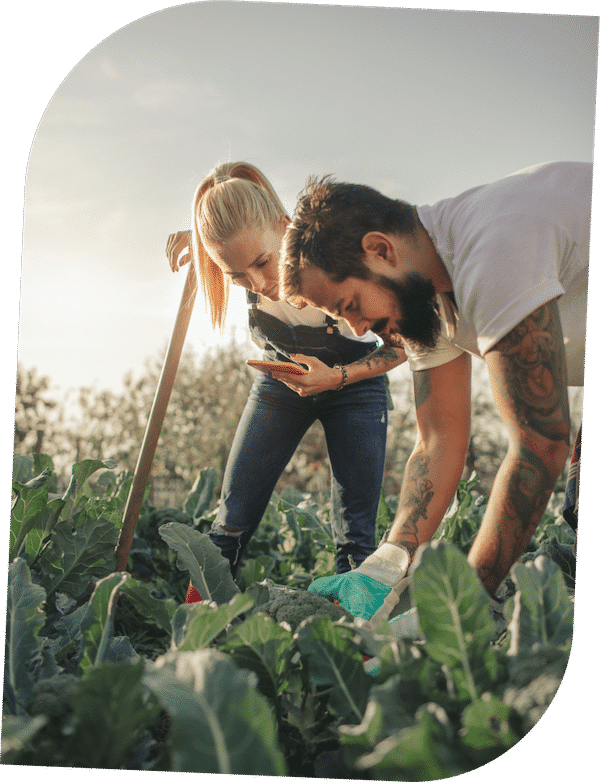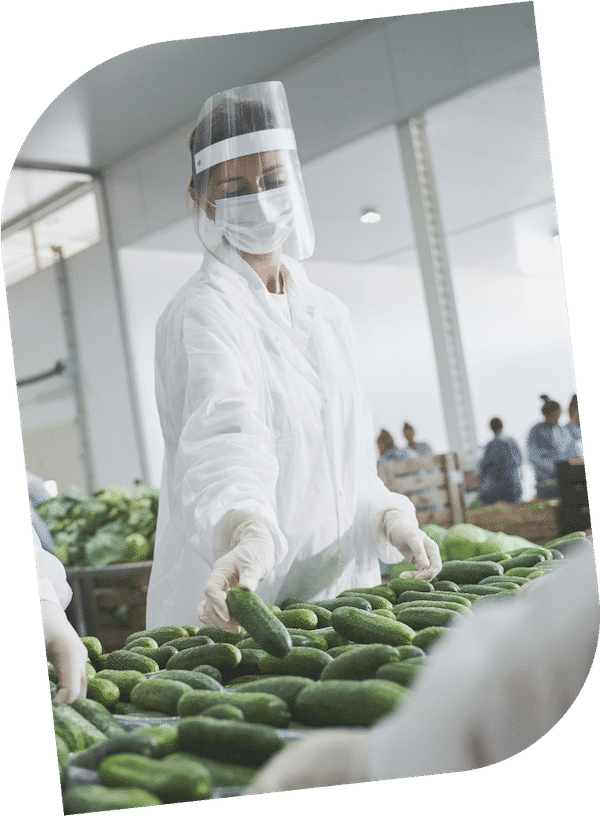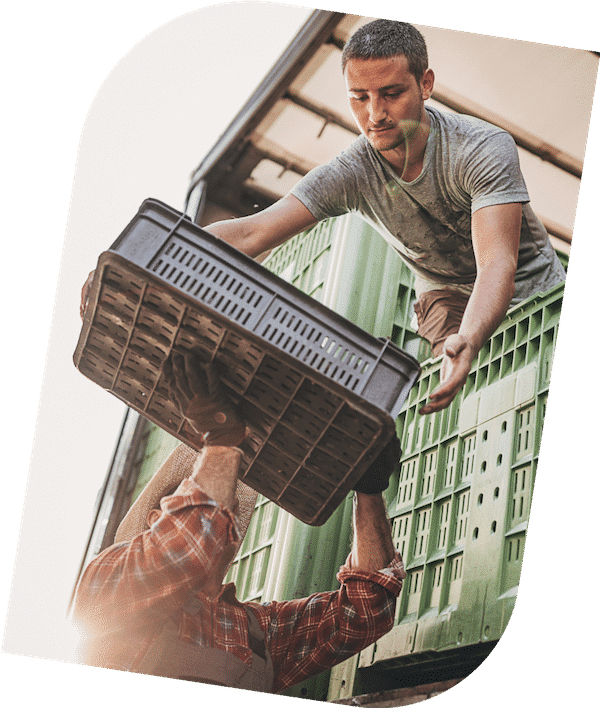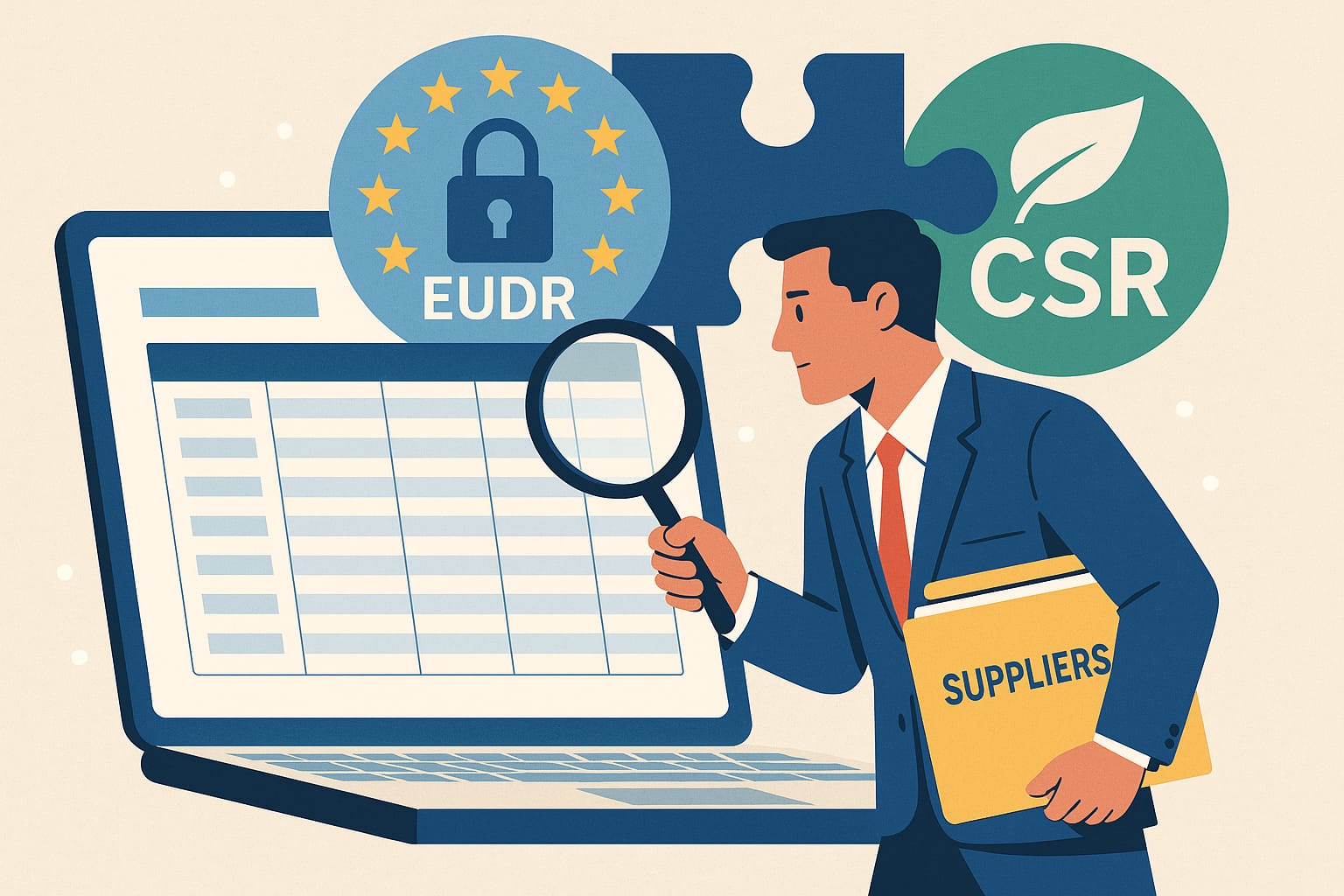
An Underestimated Challenge
Today, food brands face increasing pressure regarding transparency, traceability, and compliance. Consumers demand clear answers: what are they eating, where do the products come from, and under what conditions were they produced?In Europe, 89% of consumers believe that institutions should impose regulations to make labeling more transparent (survey by Safe Food Advocacy Europe (SAFE) and the European Court of Auditors, 2024).
These demands are not limited to the food industry. In fashion, for example, 78% of European consumers expect brands to enhance their efforts in sustainability and responsible sourcing. Additionally, 71% would like to see a label certifying that forest fibers used come from sustainably managed forests (PEFC International / YouGov study, 2024).
At the same time, regulators—through texts like the EUDR regulation—require concrete and verifiable evidence. As for CSR commitments, it's no longer sufficient to display them: they must now be measured, audited, and proven.
But even before discussing strategy or reporting tools... there's a more down-to-earth reality: How to collect data from the supplier supply chain?
A complex field reality
Gathering exact farm geolocation, farming practices, social or environmental certifications, transported volumes, or proof of legality… is far from easy.Why?
• Suppliers are spread across multiple continents
• Data formats are inconsistent or nonexistent
• Collaboration with smallholders or intermediaries remains fragile
• No centralized system exists to collect and verify information
The result: weeks or even months of manual collection, emails, follow-ups, and errors… for a level of reliability that is often too low.
The EUDR Case: An Accelerator of Complexity
The European regulation against imported deforestation (EUDR) requires companies to prove that their products (coffee, cocoa, soy, beef, wood, palm oil...) are not linked to deforestation after December 2020. It's important to note that between 1990 and 2020, approximately 420 million hectares of forests—an area larger than the European Union—were converted to agricultural use, with 10% of this global deforestation attributed to the European Union (data from the Food and Agriculture Organization (FAO))Concretely, this means:
• Providing geographical traceability down to the plot
• Assessing country/supplier risk
• Providing verifiable evidence of compliance
• Generating a due diligence statement for each batch
Without a robust system for collecting and analyzing supplier data, meeting these requirements is impossible.
The Connecting Food Solution
At Connecting Food, we have built a platform designed to address this specific challenge.Our approach is based on three pillars:
1. Collect data at the source
We facilitate information entry by the suppliers themselves, with tools adapted to their field reality (67 product categories and 59 countries for a single project).
2. Structure, trace, and audit the data
Each collected piece of information is automatically traced, validated, and associated with a supplier, batch, or product (over 4,000 suppliers audited and rated for a single project).
3. Transform data into compliance evidence
Our analysis engine helps you assess risks, generate EUDR-ready reports (thanks to a direct connection with EU Traces), and manage your CSR commitments with reliable indicators.
Transparency is no longer optional
The real question is no longer “should we comply?”, but rather: “Can we prove it?”The ability to collect and manage your supply chain data is becoming a major competitive advantage.
With Connecting Food, you can turn regulatory pressure into a lever of trust, an ESG management tool, and a market differentiator.
Want to talk? We’d love to show you how we’re already helping food brands take on this challenge.
Contact us for more informations : info@connecting-food.com
More reading material
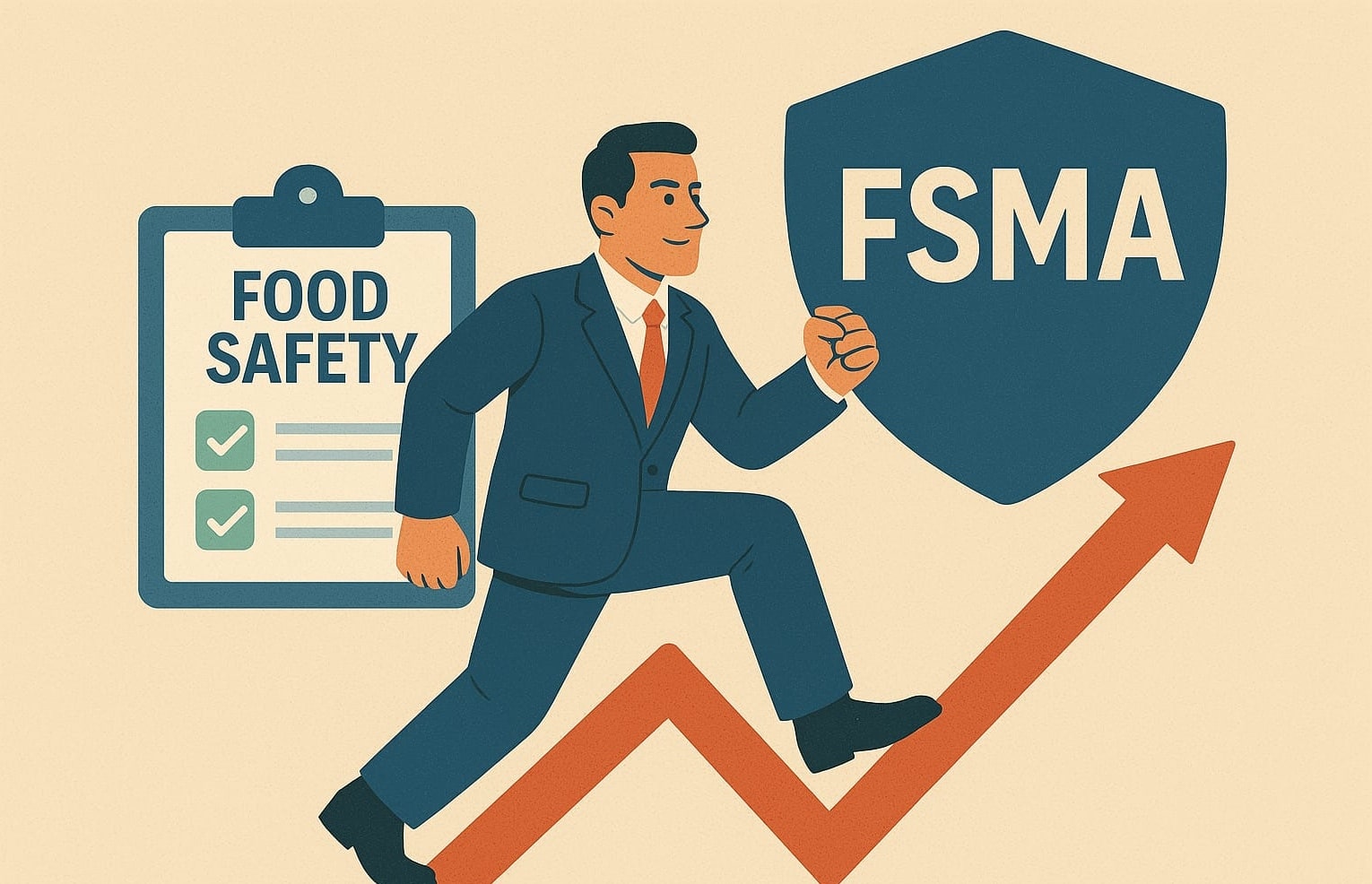
by Paola Mangano
Be FSMA-Ready: Turn Compliance into a Competitive Advantage

by Paola Mangano
Supplier Data Collection: The Hidden Challenge Behind EUDR Compliance and ESG Commitments

by Paola Mangano
Suppliers under control: how data mastery becomes a strategic lever for compliance
At the heart of this transformation, Connecting Food offers an innovative solution that is reshaping the game.



